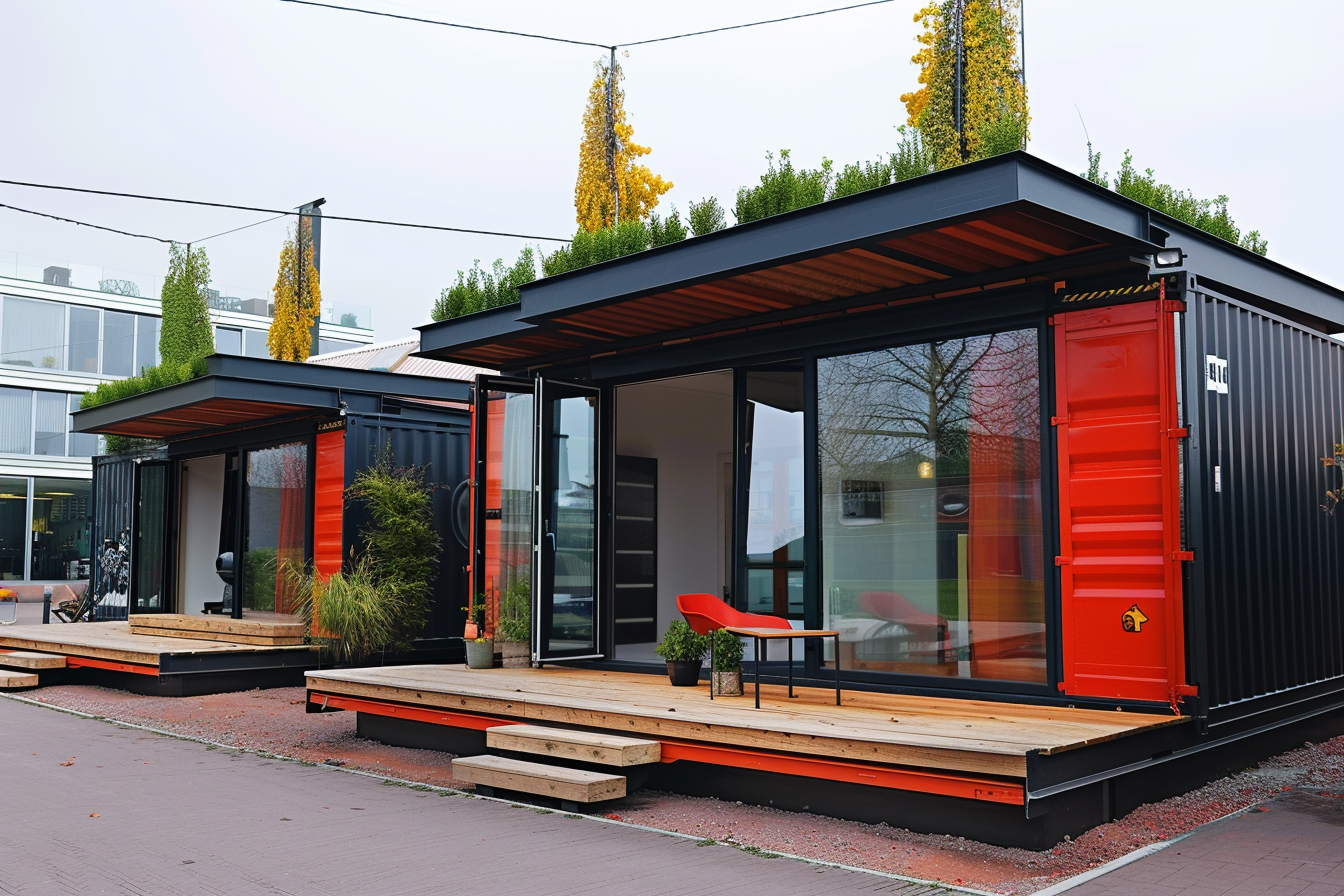DIY vertical planting systems for limited outdoor areas
Vertical planting systems make the most of small patios, decks, balconies, and narrow strips by using height instead of footprint. This teaser outlines practical DIY approaches, plant choices, and maintenance tips to help you set up efficient vertical gardens that support soil health, pollinators, and long-term landscaping goals.

Small outdoor areas can still host abundant plantings when you shift focus from ground space to vertical surfaces. A well-planned vertical planting system combines appropriate containers, support structures, quality soil and compost, and reliable irrigation to create layers of productive green. This article walks through practical DIY methods for patios and decking, suggests native plants that attract pollinators, and covers maintenance tasks such as pruning, mulch management, and pest control to keep vertical gardens thriving.
Vertical planting basics for patios
Creating a vertical garden on a patio starts with assessing load capacity and sunlight. Lightweight materials — like modular pocket planters, recycled pallets, or hanging pots — reduce strain on railings and decking. Anchor systems to masonry or freestanding frames for balconies without drilling. Consider the orientation: south- and west-facing walls get the most sun and suit Mediterranean herbs and succulents, while shaded spots are better for ferns and shade-tolerant ornamentals. Group plants with similar water and light needs to simplify irrigation and care.
Choosing soil, compost, and mulch
Good media is crucial: a blend of lightweight potting mix and well-rotted compost gives vertical planters nutrients without compacting. Avoid heavy garden soil which stresses supports and impedes drainage. Add organic compost to boost microbial activity and slow-release nutrients. Apply a thin layer of mulch on top of deeper pockets to reduce evaporation and stabilize temperature. Replenish compost annually and top-dress with fresh mulch each season to maintain soil structure and fertility.
Irrigation, drainage, and lighting
Vertical systems often dry faster than ground beds, so plan for irrigation and drainage. Drip-line systems or micro-sprayers routed through frames deliver water efficiently and can be automated with timers to suit plant needs. Ensure every pocket or container has an overflow or drain hole to avoid root rot. For low-light patios, supplement natural light with energy-efficient LED grow lights positioned to provide even coverage. Match irrigation frequency with soil mix and local climate — lighter mixes need more frequent, shorter watering cycles.
Native plants, pollinators, and xeriscaping
Choose native, drought-tolerant species where possible to support pollinators and reduce maintenance. Native perennials, grasses, and flowering herbs attract bees, butterflies, and beneficial insects while fitting local soil and climate conditions. Incorporate xeriscaping principles on sunny, exposed walls by using succulents, drought-hardy salvias, and ornamental grasses to cut water use. Provide continuous blooms through different seasons to sustain pollinators and diversify plant layers for visual interest and ecological benefit.
Decking, landscaping, and space planning
Integrating vertical planting with existing decking and landscaping requires thoughtful planning. Position frames and planters to maintain safe walking clearances and preserve deck finishes from constant moisture. Use planters as soft barriers to define zones, or stagger heights to create depth and privacy without heavy construction. Consider portability: wheeled planter boxes or modular panels let you rearrange for events or seasonal sun shifts. Coordinate materials with existing landscaping to create a cohesive look while protecting structural elements from excess moisture.
Pruning, pests, and maintenance
Regular pruning keeps vertical plantings healthy and prevents overcrowding, especially in compact pockets. Trim spent flowers and dead foliage to encourage new growth and reduce disease risk. Monitor for pests — aphids, spider mites, and slugs can exploit stressed plants in constrained systems — and use integrated pest management: physical removal, trap crops, or biological controls rather than broad-spectrum pesticides. Refresh soil in deeper pockets every one to two years, replenish compost, and check irrigation lines for clogs to maintain system performance.
Conclusion
Vertical planting systems offer a practical route to densify green space on patios, balconies, and narrow yards without extensive landscaping changes. With attention to soil, compost, irrigation, and plant selection — especially native and pollinator-friendly species — these setups can deliver long-term beauty and ecological value. Routine pruning and pest vigilance keep structures productive, while careful integration with decking and lighting preserves both function and aesthetics.





